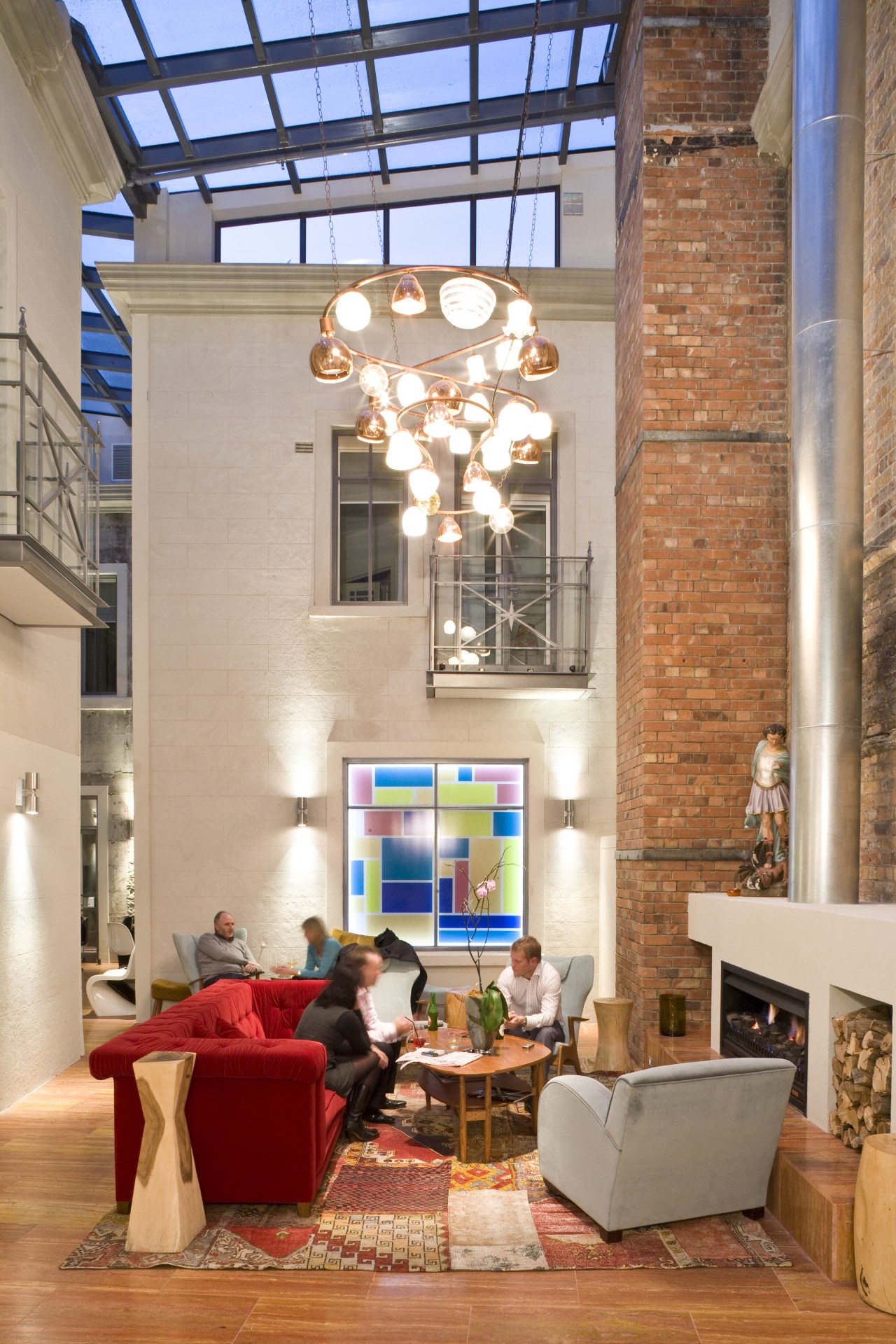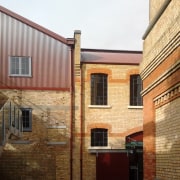Heritage building preservation specialist consultant John Brown discusses the implications
Historic buildings engender a sense of place for local communities the preservation implications are discussed by conservation expert John Brown

In his science-fiction classic Stand on Zanzibar author John Brunner explores urban themes of decay and renewal that are relevant to people in cities today the tension between higher authority, conformity and controls, the individual, sense of place, and ownership of one's own personal space.
The book offers a clear sense of the impact of gentrification, but also that of de-gentrification.
The protagonist Donald displays many of the fear symptoms (phobias) we might exhibit when confronted with a landscape we are not familiar with, and that we do not feel we have ownership of. However, once Donald understands the context of the place, the way in which the community has adapted it to their needs, and the way their own behaviour has been influenced by previous development and events, he becomes more at ease with his surroundings.
Importantly, he addresses his fears though nostalgia and memory, basing his wayfinding on identifying the familiar and comforting elements of the new landscape.
Some issues are raised here:
1. Does a place have an inherent value and identity (tangible), or is this embodied in the community (intangible)?
2. How is this value realised in a commercial development context?
3. What challenges must be overcome so that it is possible to maintain and build on the value and identity of a place for the future?
4. In order to achieve the above, do we need external control, or can we be self-governing?The role of historic buildings in shaping identity
When considering a commercial redevelopment, it is important to understand the role and value historic places and features have in shaping identity, and generating a commercial interest. Groups who have a long history with a place, understand, and often take for granted at a local level, the role certain buildings, places and services play in their concept of local identity. They may not always use them, but the option to do so is very important.
Translating this sense of heritage to people who are external to the local community, who are migrants or business workers from another country, or even from another part of this country, has always been more difficult.

In undertaking retrofit or commercial adaptation, we need to be able to account for the presence of both established groups, and future users, and be prepared to communicate with them to define the values that represent their stories.
We should bear in mind that established communities, who may attach the greatest value to a place, may not in fact be those most vocal, most willing to enact change. Instead, and most developers would probably attest to this, change can be viewed with deep suspicion, even when a community can see it is necessary for their environment to thrive. The role of planning policy is therefore very important in providing the agreed community benchmark against which commercial development projects will need to achieve inclusivity at the local level.The value of adaptive reuse of historic buildings
A starting point for any proposed adaptation of a historic building when such change is controlled should be the parameters set out in the Local Authority District Plan. Any project brief should also consider non-statutory style guidance documents, a number of which are available online from the Auckland Council website, and contain specific history and context relevant to earlier town centres. The value of historic buildings is often seen to be:
1. Close to town centres, walkable, with a good public transport network
2. Human scale, quality detailing and traditional construction that has texture
3. Longevity of tenure which may be good for branding
4. Affordable for small-medium enterprises, which are the mainstay of the New Zealand economy
5. Sustainable from a carbon/ materials perspective, and often mechanically simpler to maintain.
When asked how applications for development proposals might be successful in a historic environment, I usually describe a triangle' to developers, each point creating a development opportunity within which planning criteria are likely to be met. The points of the triangle are:
Experience has demonstrated that innovative development can push one of these points, but if two directions are pushed, sympathy with the historic context, and the existing building, can be lost. Essentially when considering the opportunity to build on and develop the potential of historic buildings in a commercial context, I would recommend any brief asks the following questions:
1. What is the story of the place? Why was it built?
2. Who identifies with the building, and how do I attract this interest?
3. What is the language of the building? How do I use that to advantage in attracting custom?
4. Does the building work now? And what don't I need (or want) to change?
5. If there are planning controls, what envelope does that put around my development proposal?
6. Is there a legacy I want to attach to? How lightly am I touching on this?
As with all projects, selecting a good project team can be worth a great deal!St James Theatre case study
Two case studies worth looking at are the St James Theatre, which is under new ownership, having been bought by the Auckland Notable Properties Trust. The refurbishment project incorporates pop-up cafe activities in the public foyer to generate interest and revenue. The consented St James Tower development by Relianz holdings takes a partnership role through development of the adjacent site, and advantage of the site legacy in its promotional marketing, including the name. The development, according to the NZ Herald, is estimated to cost about $175 million and is due for completion by 2018.Lysaght building case study
The Lysaght building on the corner of Pakenham St West and Halsey St is another Auckland example. Built in the 1920s with a classical facade the building was one of five properties deemed to have character value in the Wynyard Quarter provisions of the Auckland District Plan. Early last year work began on its transformation into a new working space as part of an innovation precinct.
The sensitive refurbishment at a cost of $6 million, has allowed the retention of much of the structure and many of the defining features of the building, while simultaneously upgrading it to fully comply with earthquake standards.
Designed by Warren and Mahoney, and project managed by Waterfront Auckland, the building's transformation includes the addition of a new mezzanine floor, a new moveable fae§ade on the northern face and the liberal use of glass to ensure visibility of the character details.
Story by: Trendsideas
Home kitchen bathroom commercial design
Walk this way – garden pathways to lead your thinking
From farmhouse to farmstead
Different rooms, same sky-blue ceiling
Commercial Design Trends Vol. 31/9
Commercial Design Trends is aimed at our professional readers, and showcases commercial buildings. The book features reg...
Read More











